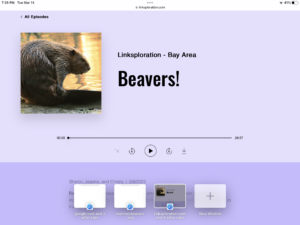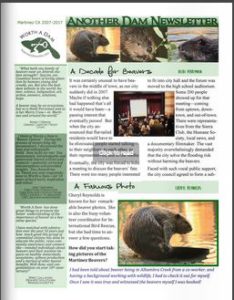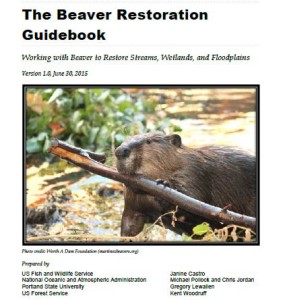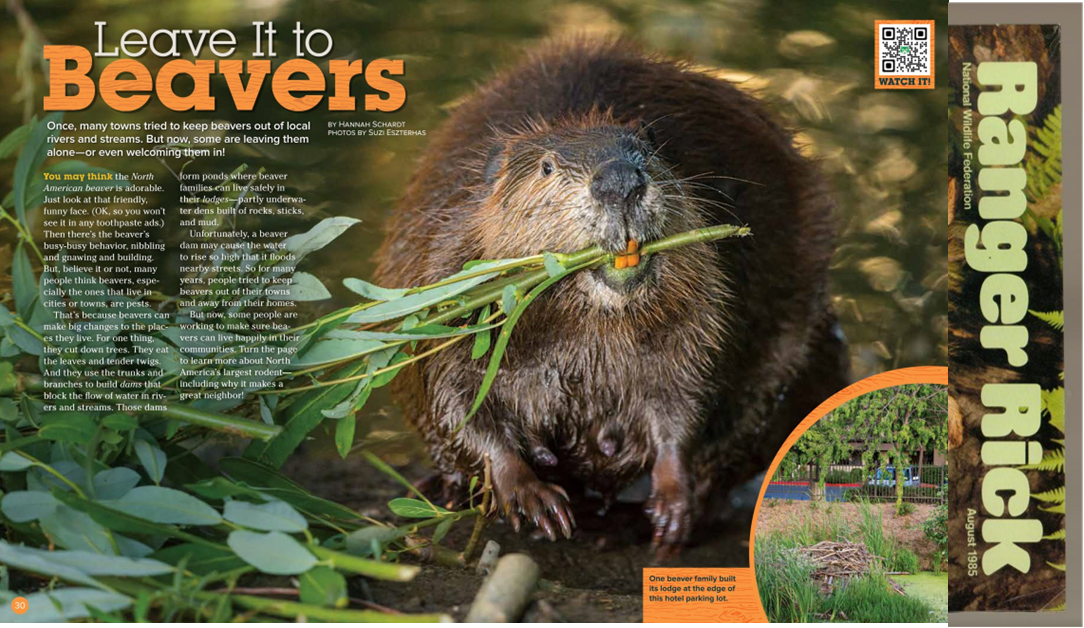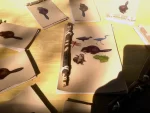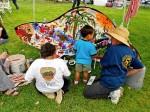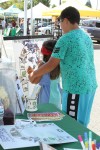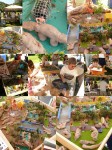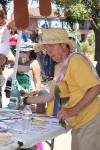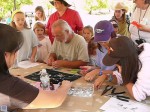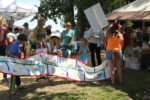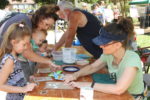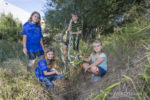Reston Virginia is one of the first and most well known ‘planned community’ in the world. It has libraries and swimming pools and gutters all in the precise location for the maximal living experience. And now it has made sure it will have designated beavers as well.
 Yesterday they launched a swanky new beaver page on their website and today this article was released. Because these things shouldn’t be left to chance. Not sure exactly where posies and butterflies fit in on a beaver web page, but I think we need to grade on a curve here.
Yesterday they launched a swanky new beaver page on their website and today this article was released. Because these things shouldn’t be left to chance. Not sure exactly where posies and butterflies fit in on a beaver web page, but I think we need to grade on a curve here.
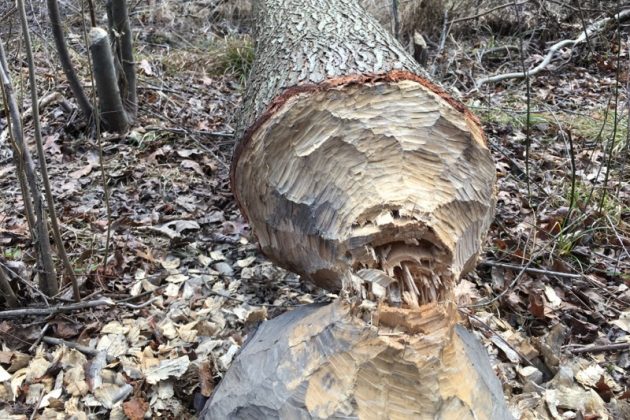
Beavers have long been a part of the Glade Stream Valley, but Reston Association is working to make sure they don’t cause destruction for nearby residents in the form of damaged trees and flooding.
“It would be hard to find a better example in Reston of a healthy, diverse, native ecosystem than the two beaver wetlands (Glade Valley and Bright Pond),” reads information provided by Claudia Thompson-Deahl, senior environmental resource manager. “Reston’s beaver wetlands are one of the few places in Reston where nature is able to thrive despite all the surrounding suburban pressures.”
Beavers, however, bring a “dramatic change” to the surrounding environment, so Reston Association has developed a beaver management policy.
Oh those pesky beavers and their darned ‘changes’. How’s a city of 58,404 to cope? Planning is the operative word here. It was planned by Robert E Simon, named for his initials and launched on his birthday in 1964. (I’m not kidding.) You can imagine how some unplanned beavers just throw a big monkey wrench in their best laid plans – making them gang aft agley, as it were.
According to Thompson-Deahl, additional fencing is being installed to keep Glade beavers out of residents’ yards and off wooded slopes, and many individual trees have been protected with wire mesh to safeguard the pathway.
In the long term, Reston Association staff, with input from residents and wildlife experts, has developed and implemented guidelines for beaver management in the area. The primary goal is to find methods to preserve and protect substantial portions of the stream valley from beaver activity. To do so, staff plan to divide the valley into two sections.
Section 1, designated as a “Beaver Management Area,” will consist of stream valley that runs from Twin Branches Road to the bridge behind Leatherwood Drive that leads to the Hunting Horn Lane Tot Lot.
Section 2, running from Hunting Horn Tot Lot to Soapstone Drive, will be managed as a wooded stream valley.
Section 1 contains residential property, utility easements and recreational facilities. With that in mind, according to Thompson-Deahl, fencing and pipes will be used to protect those areas. Three-foot wire-mesh fencing will protect and areas threatened by beaver activity, in the attempt to ensure continuous tree cover between Twin Branches Road and Soapstone Drive. In addition, over 100 Bald Cypress trees have been planted, with wire-mesh caging around each one.
In Section 2, beaver activity will be discouraged with fencing and stream gates. According to provided information, beavers in that area “will be removed” by a licensed trapper if the discouragement fails.
According to Thompson-Deahl, beavers provide positive attributes to the ecosystem including a reduction in stream erosion, reservoirs of water during period of drought and freeze, and the creation of wetlands that support a large amount of plant and other animal life.
Don’t get us wrong, we like nature. In the appropriate areas and as long as it goes according to plan. We are a civilized people, and wild things just need to behave less wildly. You know how certain home owners associations won’t let you plant purple zalia’s or put up a flag on any day besides the 4th of July. We just want our beavers in sector 1 to stay behind the fence.
Is that so much to ask?
Which makes me think of the unplanned joys of beavers and their many trials and benefits. Even in Martinez where we worked harder to live with the animals than anywhere it’s not like we ever “asked” for beavers. Or wanted this to happen. It’s not like my life had a big open space that I was hoping beavers would rush in and fill.
But that’s just the way it is, I think.

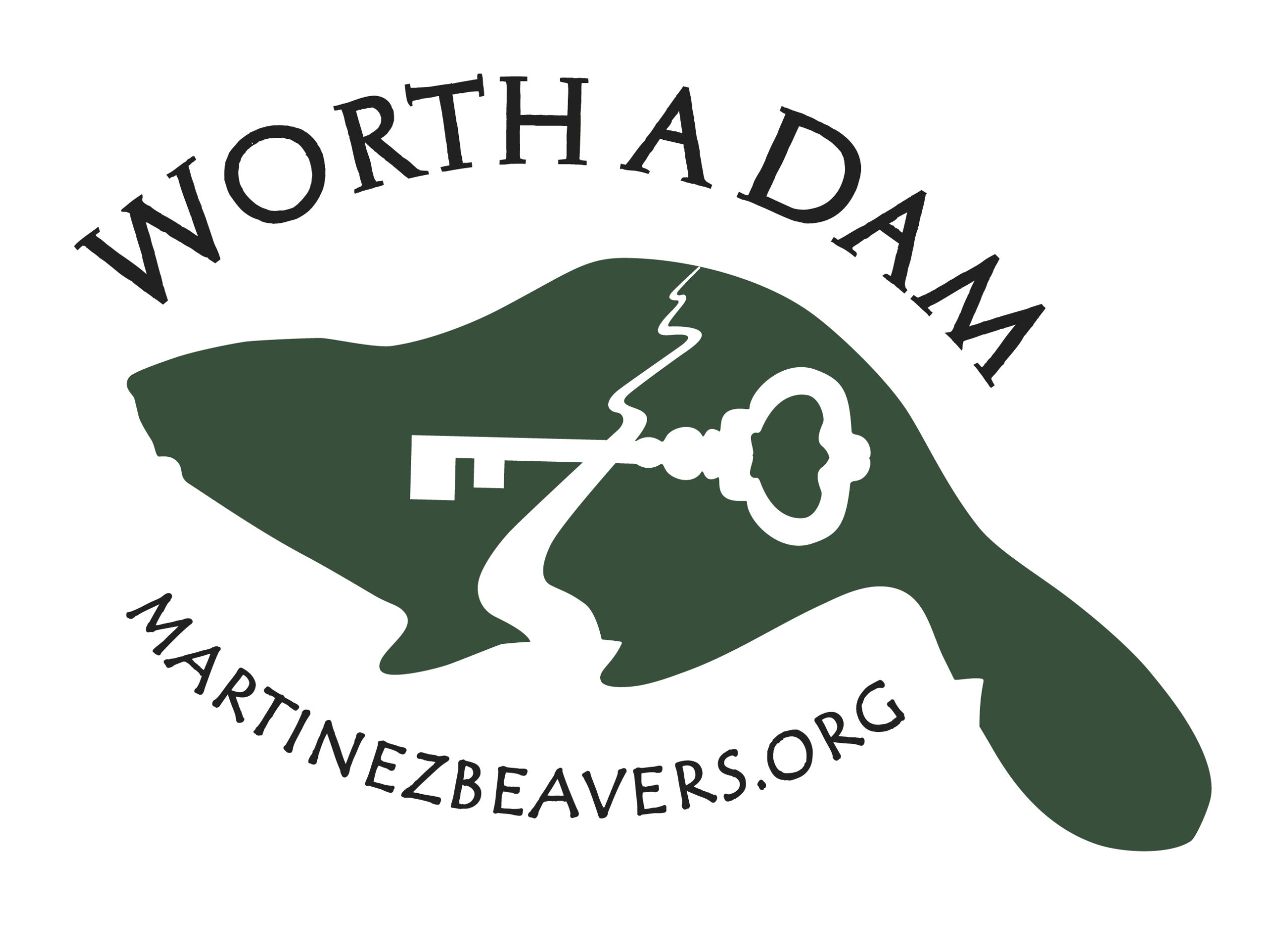









 BAR HARBOR — Skip Lisle, president and chief scientist of Beaver Deceivers International, will present his nonviolent, creative approach to beaver management at College of the Atlantic’s Human Ecology Forum in the McCormick Lecture Hall on Tuesday, Feb. 21, at 4:10 p.m. The talk is free and open to the public.
BAR HARBOR — Skip Lisle, president and chief scientist of Beaver Deceivers International, will present his nonviolent, creative approach to beaver management at College of the Atlantic’s Human Ecology Forum in the McCormick Lecture Hall on Tuesday, Feb. 21, at 4:10 p.m. The talk is free and open to the public.


 I think it safe to say that everyone knows that beavers live in water, leaving its safety only to forage on land or to sleep inside a lodge. While they eat both aquatic and terrestrial herbaceous plants, through much of the year, especially in winter, much of their diet consists of the bark and twigs of trees, especially poplar.
I think it safe to say that everyone knows that beavers live in water, leaving its safety only to forage on land or to sleep inside a lodge. While they eat both aquatic and terrestrial herbaceous plants, through much of the year, especially in winter, much of their diet consists of the bark and twigs of trees, especially poplar.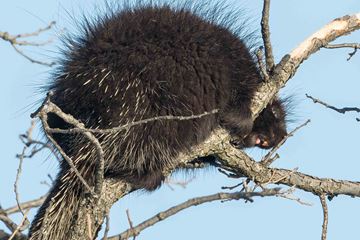 Apart from starvation and falling out of trees, Porcupines face another challenge. Some are shot by humans because they damage trees; others die when they cross highways or stop to glean salt from the asphalt. Porcupines are slow moving animals built for climbing, not running, and thus are prone to being hit by cars. They need not run from predators because they own a powerful defence: modified hairs known as quills.
Apart from starvation and falling out of trees, Porcupines face another challenge. Some are shot by humans because they damage trees; others die when they cross highways or stop to glean salt from the asphalt. Porcupines are slow moving animals built for climbing, not running, and thus are prone to being hit by cars. They need not run from predators because they own a powerful defence: modified hairs known as quills.



